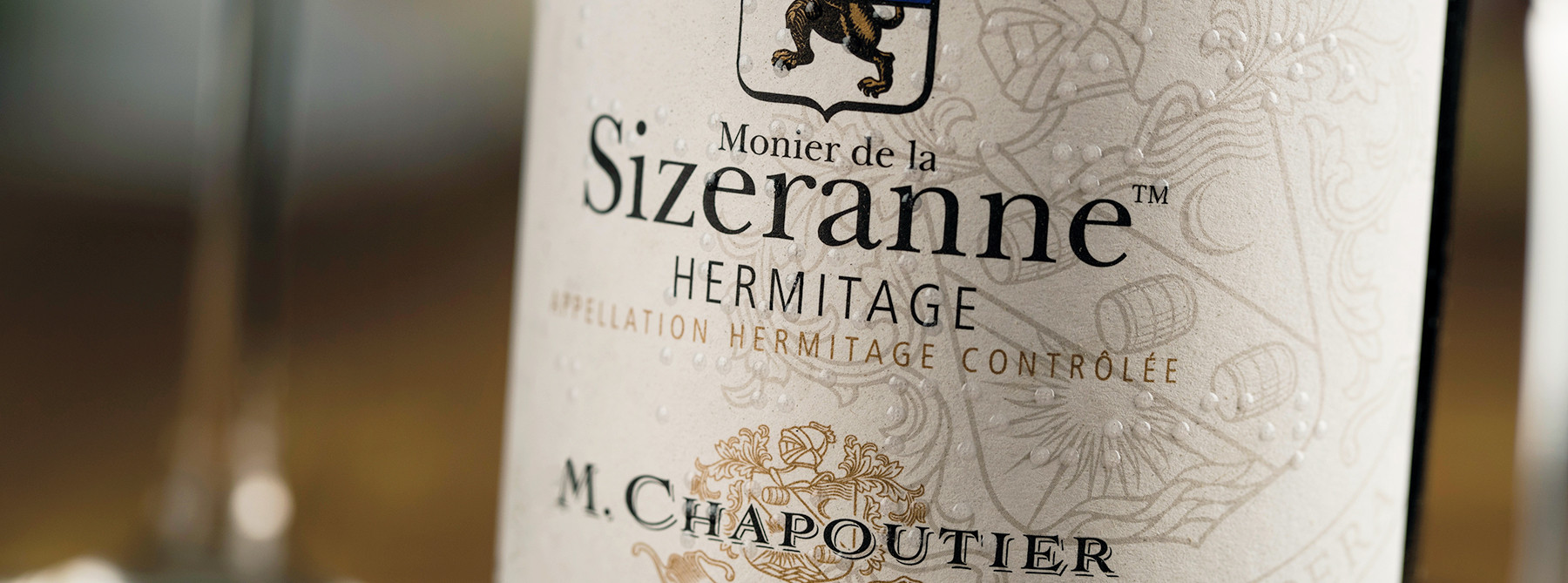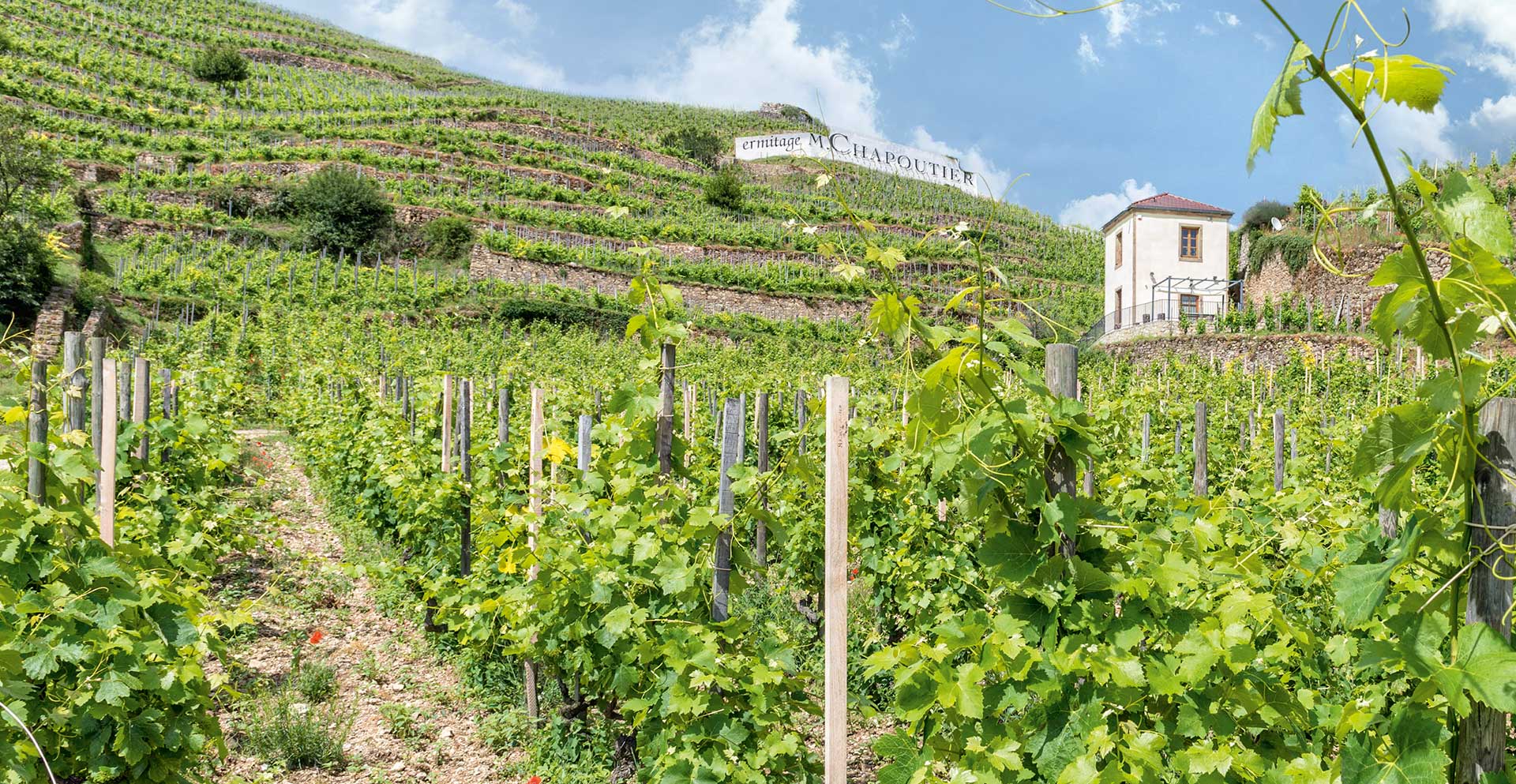Wine at the drinker's fingertips
M. CHAPOUTIER's life
08 January 2019

Braille has featured on M. CHAPOUTIER wine labels since 1996. What do Braille readers expect ?
For M. CHAPOUTIER, embossing its wine labels with braille is extremely important. The manufacturing process incorporatesa control stage carried out by visually impaired users. Members of the ‘Valentin Haüy’ association validate and proofread the labels. We went to meet them at the association’s headquarters in Lyon, to find out more...
In an upstairs office, the atmosphere was studious. We were met by Jean-François, who has been blind since birth.
He is pleased to be able to read the labels. “Of course, I can always get my daughter to help me, but it feels so much better being independent.” He is a wine-lover; using Braille, he is able to organise the bottles in his cellar and find them again easily.
The Braille versions cannot hold as much Information as the printed labels. The size of the embossed characters is standardised.
At M. CHAPOUTIER, priority is given to indicating the wine’s name, its appellation, vintage and colour: “It’s very basic, but an indication of the colour should be a minimum requirement on all bottles…”. Jean-François went on to explain that for maximum legibility the standard Braille marking thickness should be observed. “People aren’t all the same. The fingertip sensitivity of a builder or a farmer may be very different, for instance.”
We visited the print shop, where a machine was churning out a series of immaculate sheets of paper. “It’s the end of the print run of the Braille version of Géo Magazine. What you have there is the photo caption accompanying an article.” As we took leave of the ‘Valentin Haüy’ association’s team, Jean-François let us in on a final secret just before he closed the door behind us: “Do you know what? I’ve already made my choice between drinking and driving!”
A tribute
Maurice Monier de la Sizeranne, founder of the ‘Valentin Haüy’ association, invented the first shortened form of Braille in 1882. The family property included a plot in the Hermitage area, which the Chapoutier family bought in the early twentieth century. The decision to include Braille on the labels for M. CHAPOUTIER wines pays tribute to him. It implies openness and sharing, making wine accessible to all.


